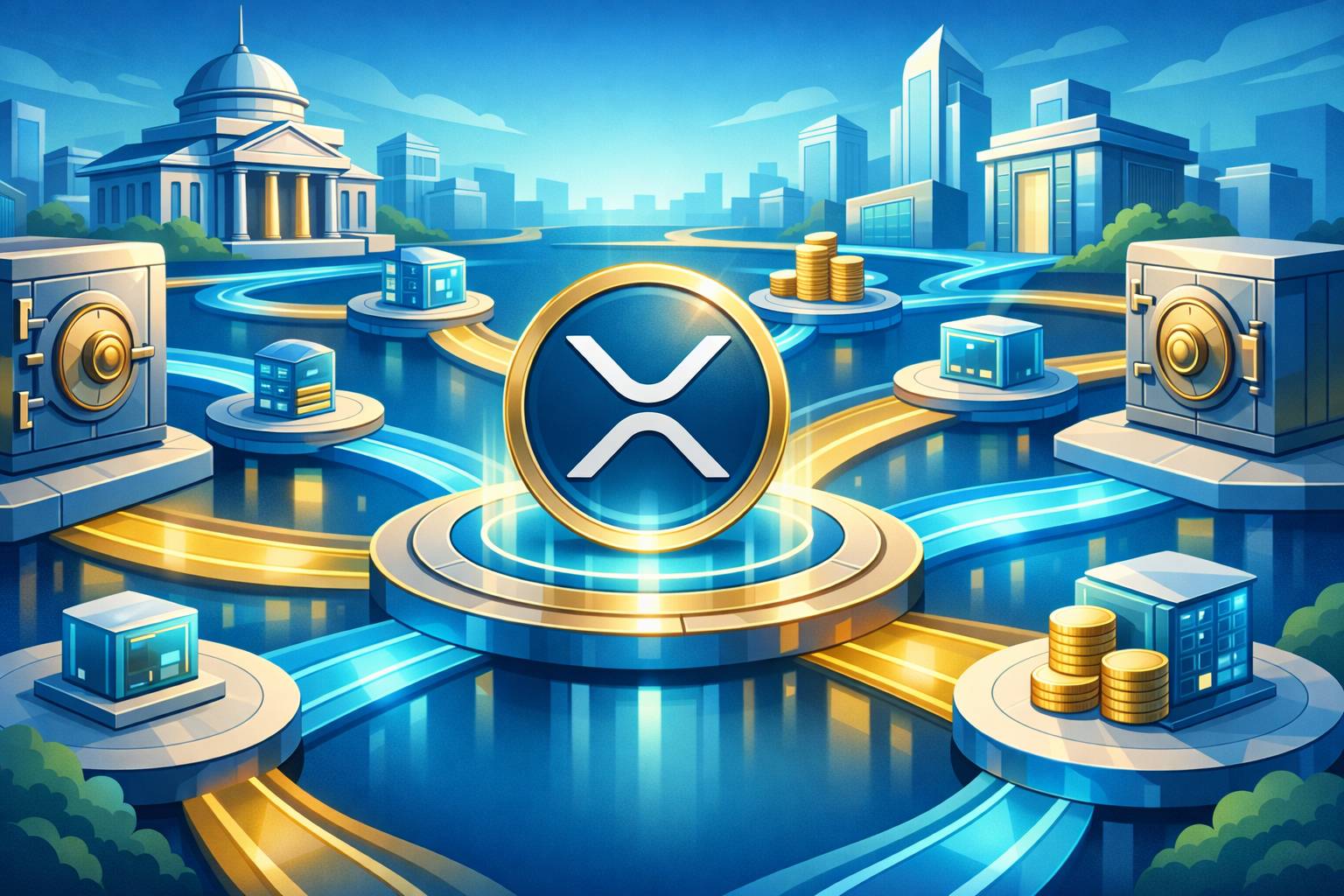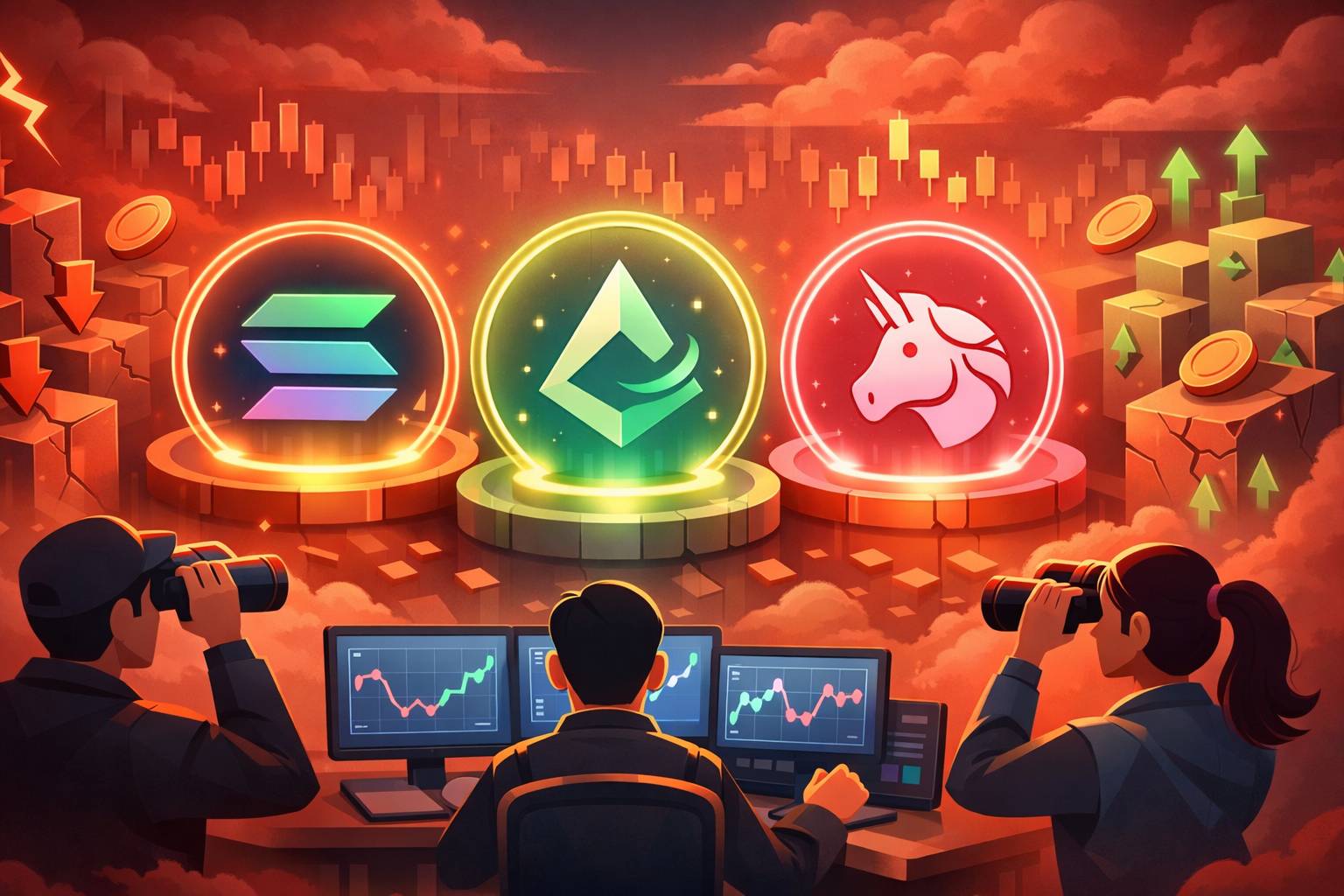Demystifying Blockchain Mining: Processes, Benefits, and Impacts
Quick Overview - The Mining Process
Mining involves confirming and adding new transactions to a blockchain network. This process requires solving intricate mathematical problems using computational resources, which ensures the network's security and reliability. As a reward, miners receive newly created cryptocurrency.
Understanding the Concept of Mining
Mining plays an essential role in the operation of many blockchain networks, such as those supporting cryptocurrencies like Bitcoin and Ethereum. It primarily focuses on two objectives: transaction validation and the generation of new coins.
When someone initiates a transaction on a blockchain, it must be authenticated and recorded on the blockchain. Miners are instrumental in this by verifying these transactions and ensuring they comply with network regulations. Once a transaction is approved, it gets added to a block, which is subsequently integrated into the blockchain.
Moreover, mining facilitates the genesis of new coins or tokens within a cryptocurrency network. Miners engage in a competitive race to resolve intricate mathematical puzzles, with the first to solve it earning a specific amount of freshly generated cryptocurrency. This "proof-of-work" process encourages miners to devote their computational capabilities to the network.
The Mechanics Behind Mining
Mining entails tackling challenging mathematical equations using computing power. These tasks are crafted to be tough to crack but straightforward to verify. The procedure is briefly outlined as follows:
- Verifying Transactions: Miners gather unprocessed transactions from the network to confirm their authenticity. They verify available funds, adherence to network rules, and prevent double-spending.
- Block Formation: After transactions are verified, miners aggregate them into a block. Typically, a block comprises multiple transactions.
- Hash Function Application: Miners apply a cryptographic hash function to transform the block's data into a fixed-length string of characters, a hash. This hash acts as a distinct identifier for the block's data.
- Executing Proof-of-Work: Miners compete to discover a hash value that satisfies specific requirements, adjusting a small data component called a nonce until they find a valid outcome. The network adjusts the difficulty level to uphold a steady block creation pace.
- Integrating the Block into the Blockchain: When a miner identifies a valid solution, it's broadcasted across the network. After validation by other miners, the block is incorporated into their blockchain copy. The solving miner receives newly minted cryptocurrency and any associated transaction fees.
Equipment for Mining
Over the years, the computational demand for mining has escalated dramatically. Initially, mining was feasible with a typical computer's CPU (Central Processing Unit). However, as the popularity of cryptocurrencies grew, miners shifted to more robust hardware for competitiveness.
Currently, specialized devices called ASICs (Application-Specific Integrated Circuits) are predominantly used for mining. These machines are specifically engineered for cryptocurrency mining, delivering much higher hash rates (hash calculations per second) compared to CPUs or GPUs (Graphics Processing Units).
Nevertheless, not all cryptocurrencies necessitate specialized equipment. For instance, Ethereum can still be mined using GPUs, which allows a wider array of participants to engage in the mining activity.
Collaborative Efforts in Mining: Mining Pools
As the difficulty of mining escalated, making it tougher for individual miners to compete, mining pools emerged. These are collectives of miners who combine their computational resources to boost their chances of discovering a valid solution and sharing in the rewards.
When a pool successfully mines a block, the earnings are divided among its members based on their computational contributions. This method enables miners with less formidable hardware to gain a portion of the profits.
Mining pools also help in stabilizing reward frequency. Instead of relying on sheer luck individually, pooled miners enjoy more consistent but smaller earnings.
The Environmental and Energy Concerns of Mining
Cryptocurrency mining, particularly those using proof-of-work protocols, demands substantial computing power, raising concerns about its environmental repercussions.
As mining complexity increases, the need for more potent hardware grows, leading to higher electricity consumption. This has prompted large mining operations in areas with inexpensive electricity, often derived from non-renewable sources.
Nevertheless, there are ongoing efforts to reduce mining's environmental footprint. Some cryptocurrencies are shifting to other consensus models, like proof-of-stake, which consume significantly less energy. Additionally, there's a rising interest in employing renewable energy for mining to lower the carbon impact.
Final Thoughts
Mining is a pivotal aspect of many blockchain networks, crucial for transaction validation and coin creation. It requires solving challenging mathematical tasks with computing power, integral to maintaining network security and integrity. While its energy demands have been criticized, efforts to lessen its environmental effects are progressing.









